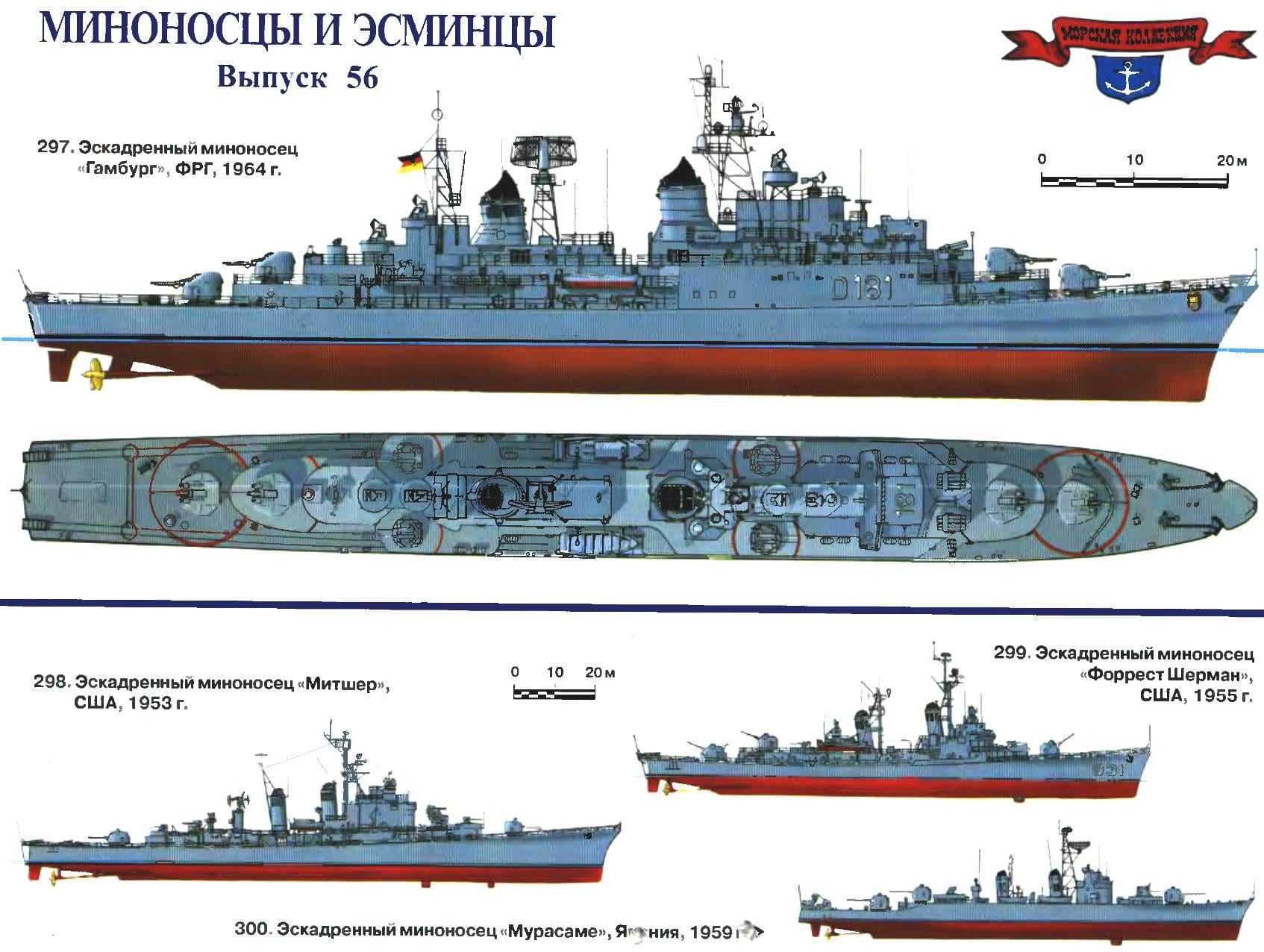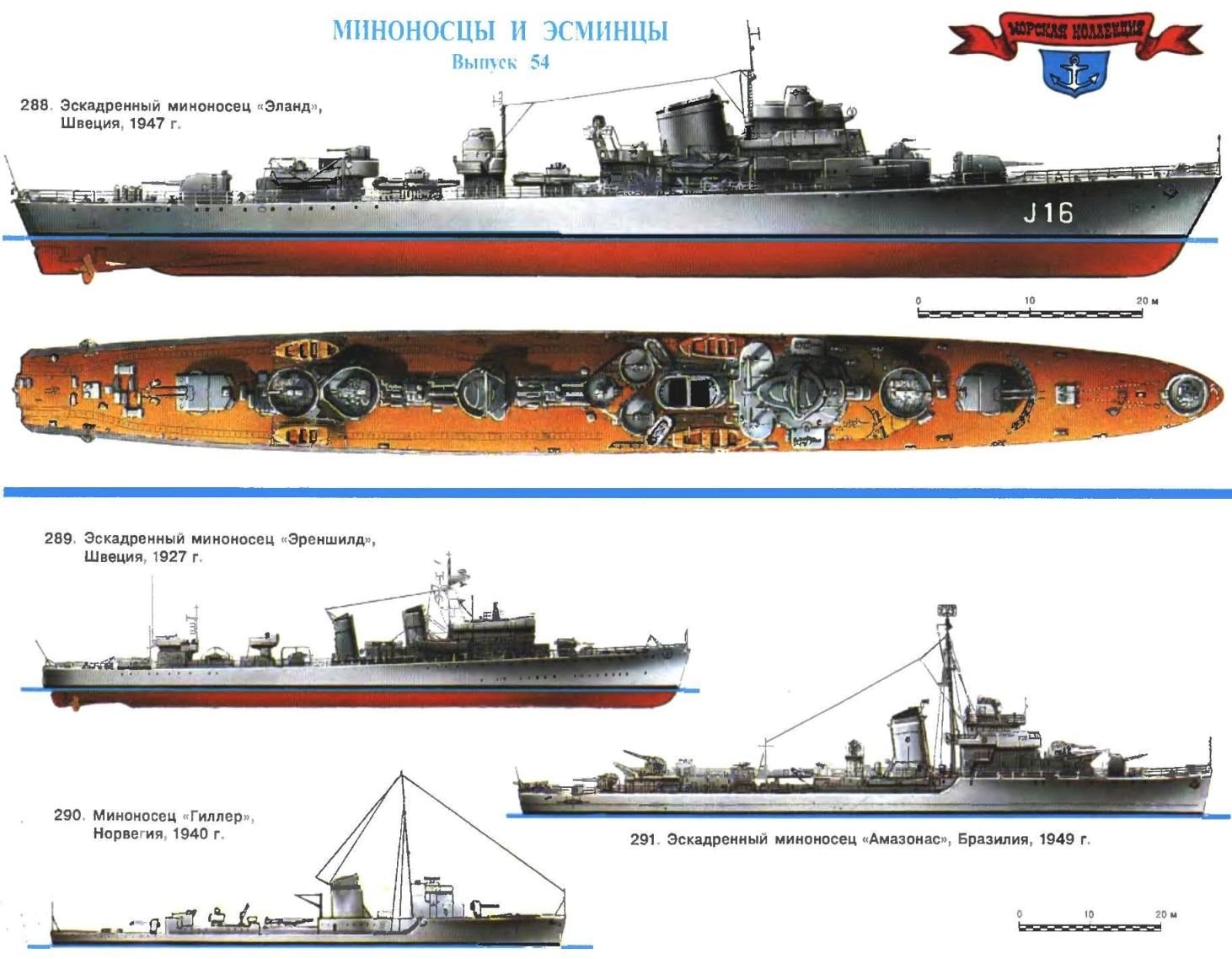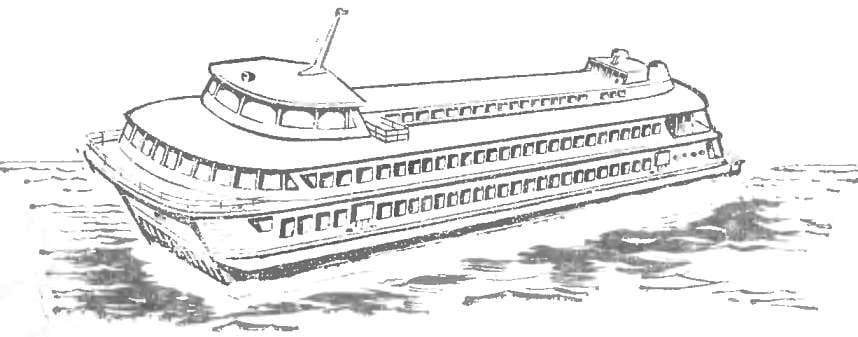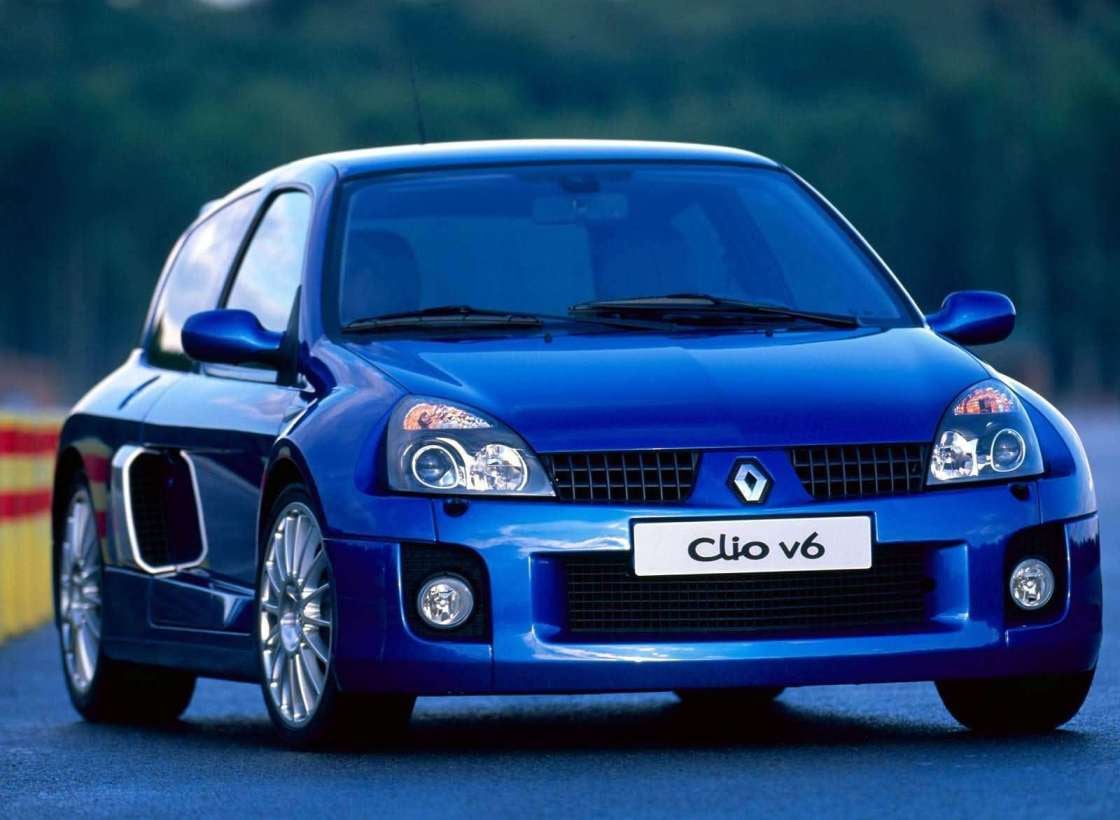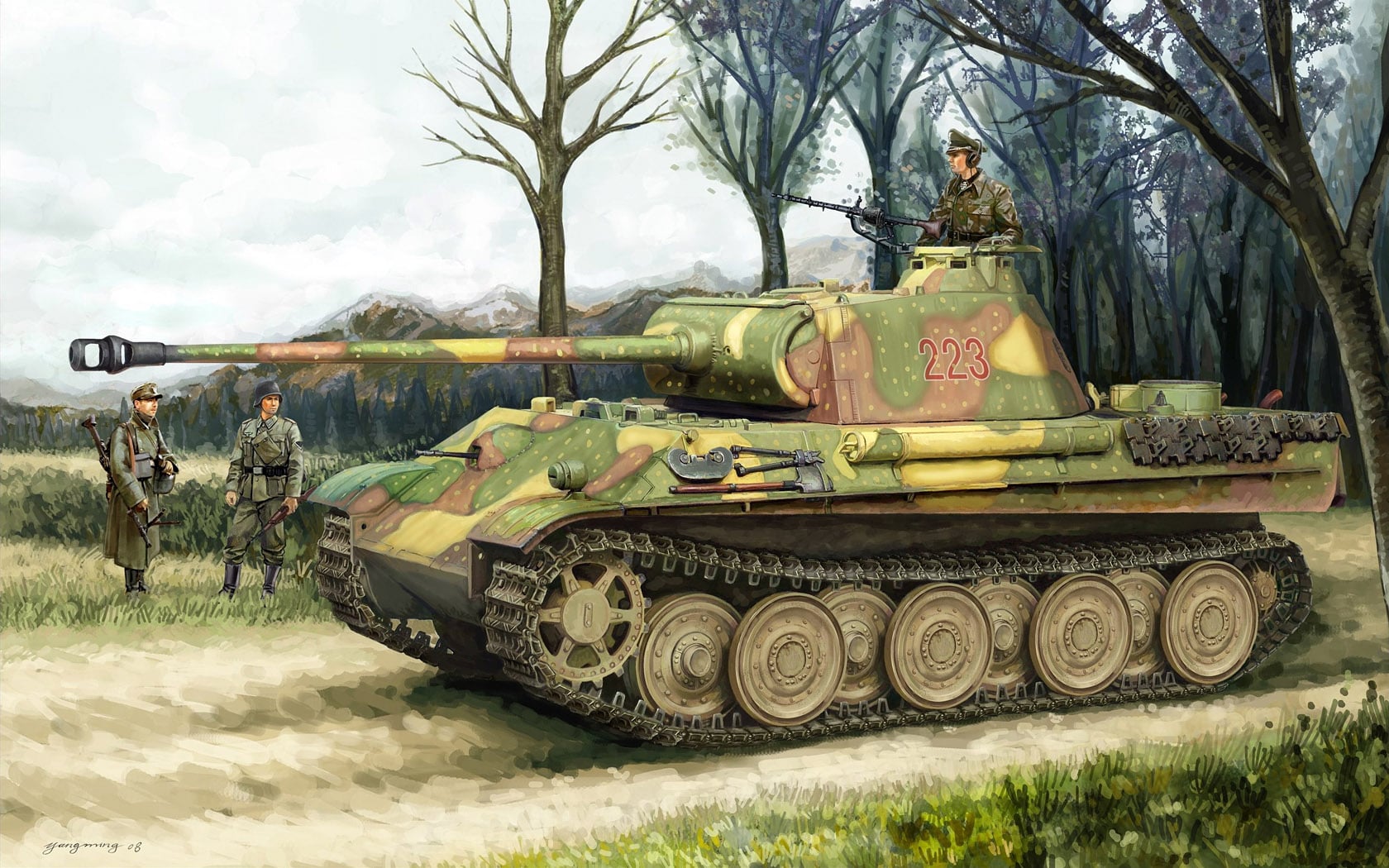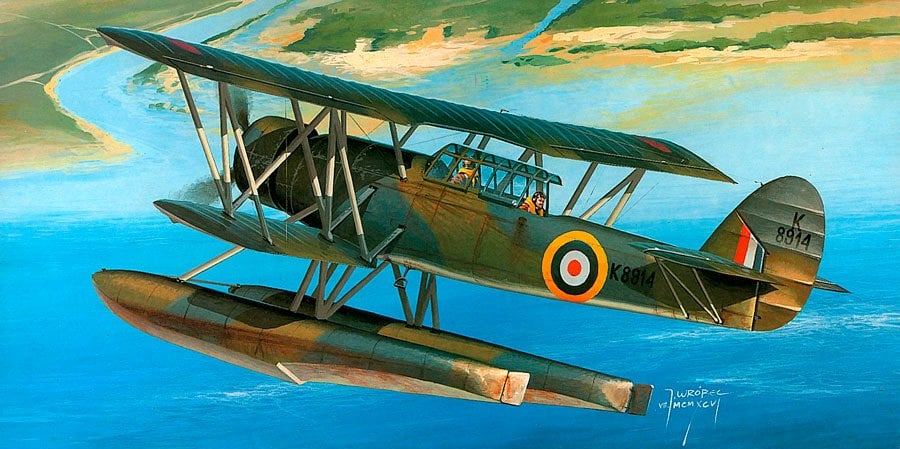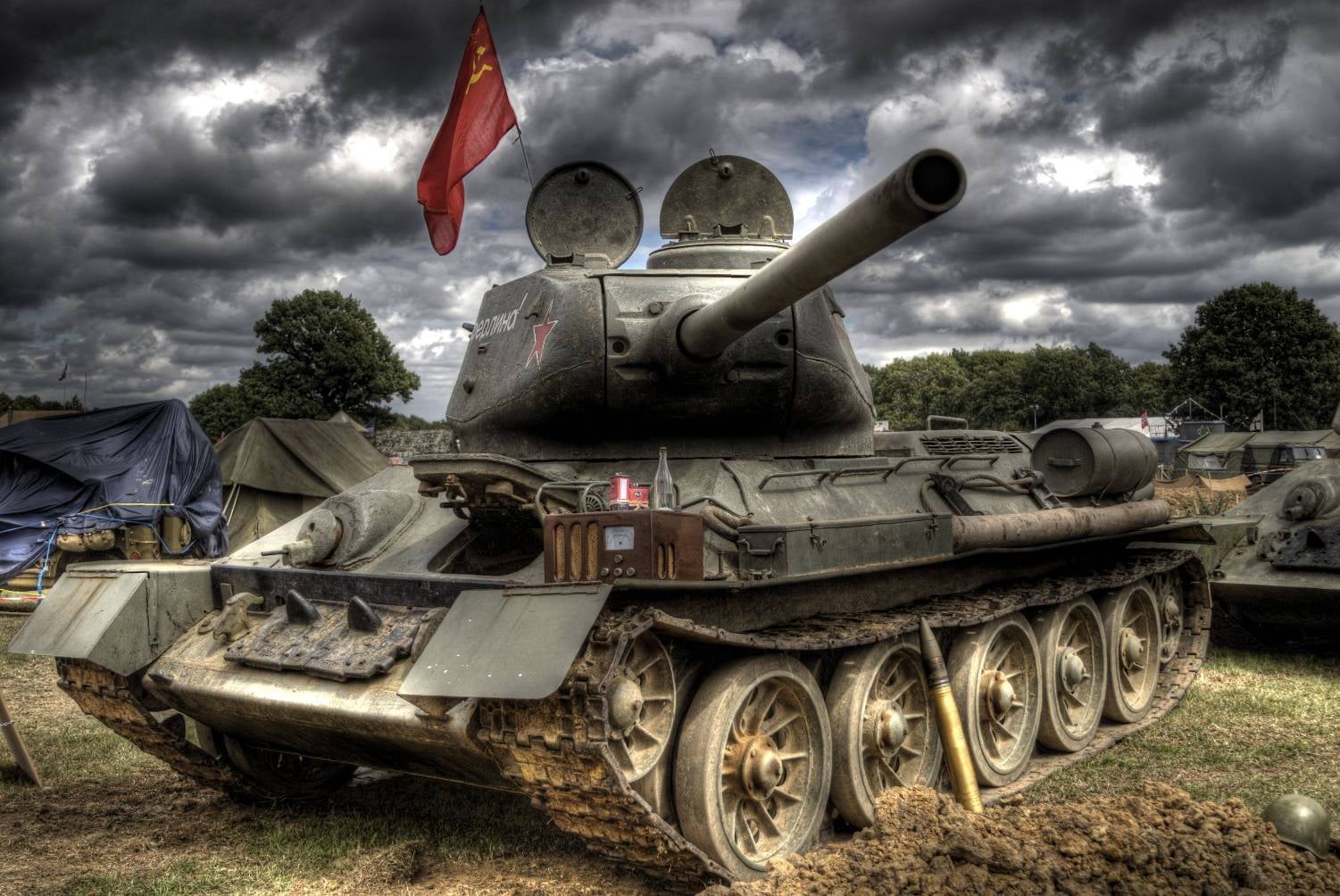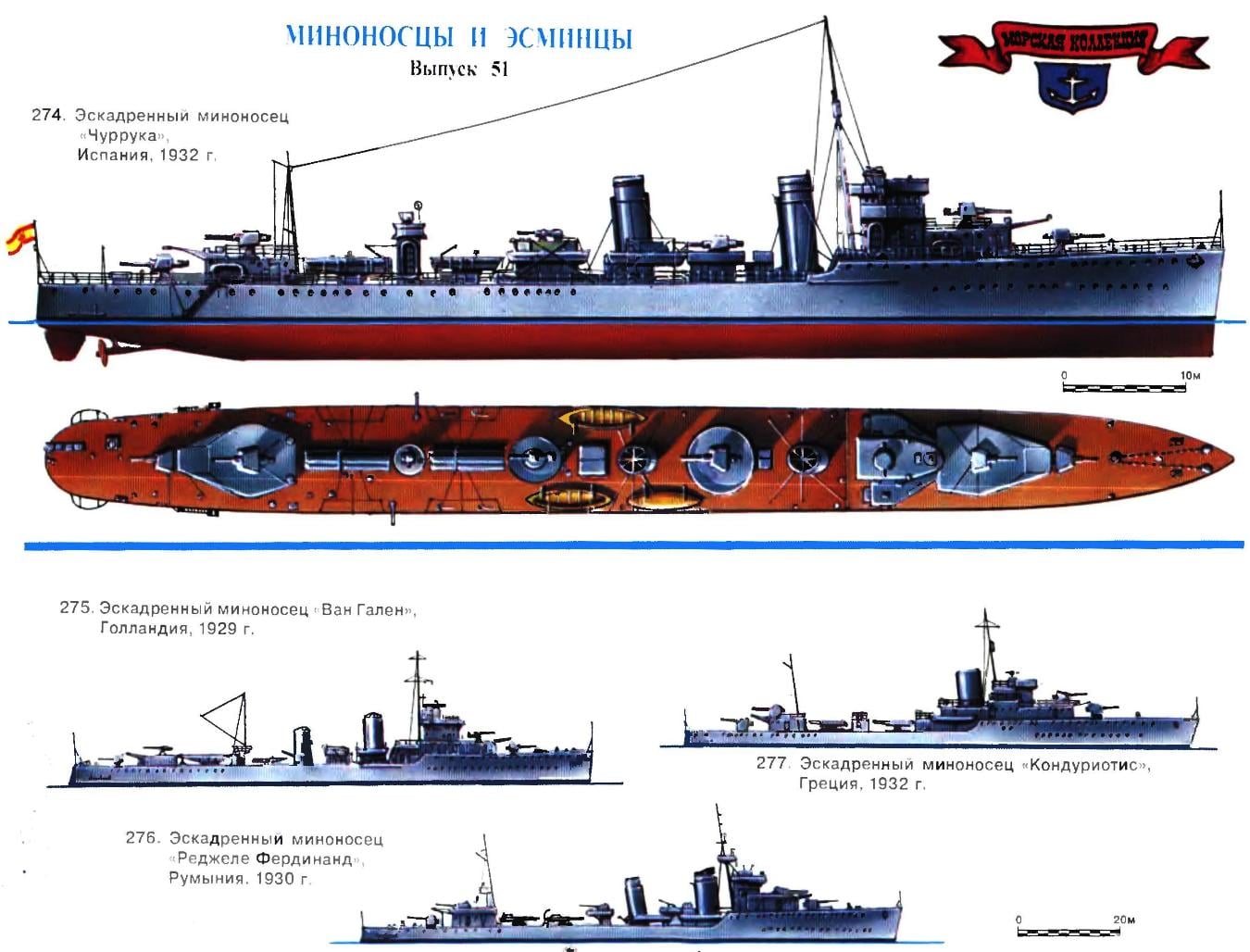 The lessons of the Second world war, naval warfare was not quite obvious and understood immediately. The first attempts of consideration of combat experience led to the emergence of the destroyers, though having excellent characteristics, but is quite traditional in concept (described in previous issue). A clearer awareness of their role took a lot of time, so shipbuilders in many countries have decided to pause or be limited to only experimental ships.
The lessons of the Second world war, naval warfare was not quite obvious and understood immediately. The first attempts of consideration of combat experience led to the emergence of the destroyers, though having excellent characteristics, but is quite traditional in concept (described in previous issue). A clearer awareness of their role took a lot of time, so shipbuilders in many countries have decided to pause or be limited to only experimental ships.
Collection
“SPANISH” BOMBER TUPOLEV
 A new generation of bombers-the monoplanes, which differs from the preceding higher performance characteristics, appeared in many countries in the period between 1932 and 1935. As a rule, they all had all-metal construction, smooth lining, retractable landing gear and closed cockpit. The flight speed of some exceeded 350 km/h, which combined with strong defensive armament made them almost invulnerable in combat with fighters of that time.
A new generation of bombers-the monoplanes, which differs from the preceding higher performance characteristics, appeared in many countries in the period between 1932 and 1935. As a rule, they all had all-metal construction, smooth lining, retractable landing gear and closed cockpit. The flight speed of some exceeded 350 km/h, which combined with strong defensive armament made them almost invulnerable in combat with fighters of that time.THE KINGDOM OF UNFINISHED
 Almost all the Maritime powers of second rank, trying to create or radically change the torpedo power in the period between the world wars, faced a dilemma: either to buy the ships on the side, getting into the political and material dependence on the supplier, try to build their own, developing its own industry, creating jobs, but often at the risk of a delay, the main task for several years.
Almost all the Maritime powers of second rank, trying to create or radically change the torpedo power in the period between the world wars, faced a dilemma: either to buy the ships on the side, getting into the political and material dependence on the supplier, try to build their own, developing its own industry, creating jobs, but often at the risk of a delay, the main task for several years.
RISING ABOVE THE WAVES
 The day was cold, the autumn; the sea was rough. Gathered on the dock quietly talking, glancing at the captain of the ship.
The day was cold, the autumn; the sea was rough. Gathered on the dock quietly talking, glancing at the captain of the ship.RENAULT CLIO V6
 The history of automotive technology well know that the majority of technical solutions, successfully used in mass-produced cars first appeared on race cars. Apparently, the same process happens with the location of the power unit. So, until recently, the Central location of the power unit was considered a prerogative of racing supercars. Currently, however, the situation is changing: in the automotive market began to appear on cars, arranged by type of sports “monsters”.
The history of automotive technology well know that the majority of technical solutions, successfully used in mass-produced cars first appeared on race cars. Apparently, the same process happens with the location of the power unit. So, until recently, the Central location of the power unit was considered a prerogative of racing supercars. Currently, however, the situation is changing: in the automotive market began to appear on cars, arranged by type of sports “monsters”.“ANGELS” IN THE SKY OF SPAIN
 Dive bomber, the Hs-123. After the First world war power aviation enterprises in Germany decreased significantly. The restrictions imposed by the Versailles Treaty, in fact, deprived the country of military aviation. However, already in the twenties of Germany gradually started the construction of its air force — the future of the Luftwaffe.
Dive bomber, the Hs-123. After the First world war power aviation enterprises in Germany decreased significantly. The restrictions imposed by the Versailles Treaty, in fact, deprived the country of military aviation. However, already in the twenties of Germany gradually started the construction of its air force — the future of the Luftwaffe.
“BLACK CAT” OF THE WEHRMACHT
 Of course, the “Panther” is one of the most famous heavy tanks, took part in the Second world war. The catalyst for the creation of this not provided in the system tank weapons of the Wehrmacht military machine was a Soviet medium tank T-34. His appearance on the Eastern front forced the Ministry of arms of Germany to suspend the work, which in 1937 led the company Henschl tank on a promising 30-ton class. Firm Rheinmetal July 18, 1941 received an order to develop a long-barreled 75-mm gun, able to penetrate 140 mm armor at a distance of 1000 m. the Daimler-Benz and MAN on November 25 were, in turn, issued orders for the 35-ton tank. Tactical and technical requirements for the new military machine has put forward the following: width up to 3150 mm, height 2990 mm, the engine capacity of 650-700 HP, armor protection, 40 mm, maximum speed 55 km/h. the Task was given the code name “Panther”.
Of course, the “Panther” is one of the most famous heavy tanks, took part in the Second world war. The catalyst for the creation of this not provided in the system tank weapons of the Wehrmacht military machine was a Soviet medium tank T-34. His appearance on the Eastern front forced the Ministry of arms of Germany to suspend the work, which in 1937 led the company Henschl tank on a promising 30-ton class. Firm Rheinmetal July 18, 1941 received an order to develop a long-barreled 75-mm gun, able to penetrate 140 mm armor at a distance of 1000 m. the Daimler-Benz and MAN on November 25 were, in turn, issued orders for the 35-ton tank. Tactical and technical requirements for the new military machine has put forward the following: width up to 3150 mm, height 2990 mm, the engine capacity of 650-700 HP, armor protection, 40 mm, maximum speed 55 km/h. the Task was given the code name “Panther”.
“SHARK”, AND NOT SHOWING TEETH
 Reconnaissance-torpedo bomber Blackburn Shark. In 1933 the air Ministry of great Britain has issued a document S. 15/33, which stipulates the requirements for a new scout-spotter-torpedo with a symbol T. S. R. (Torpedo-Spotter-Reconnaissance). According to these requirements, the aircraft had to operate from the decks of aircraft carriers, catapult ships and land-based airfields. This umieralnosci achieved by interchangeable wheel or float landing gear.
Reconnaissance-torpedo bomber Blackburn Shark. In 1933 the air Ministry of great Britain has issued a document S. 15/33, which stipulates the requirements for a new scout-spotter-torpedo with a symbol T. S. R. (Torpedo-Spotter-Reconnaissance). According to these requirements, the aircraft had to operate from the decks of aircraft carriers, catapult ships and land-based airfields. This umieralnosci achieved by interchangeable wheel or float landing gear.
TANK GREAT VICTORY
 The history has disposed so that one of the greatest victories of the red Army in the great Patriotic war — the battle of Kursk was won at a time when Soviet armored and mechanized troops are qualitatively inferior to the German. By the summer of 1943, when the most painful design flaws of the T-34 was eliminated, the Germans had new tanks “Tiger” and “Panther”, significantly surpassing our power of weapons and thick armor. Therefore, during the battle of Kursk Soviet tank units, as before, had to rely on their numerical superiority over the enemy. Only in some cases, when the “thirty” were able to approach German tanks almost side by side, the fire of our guns became effective. On the agenda there was a question about a radical modernization of the T-34 and especially of his arms.
The history has disposed so that one of the greatest victories of the red Army in the great Patriotic war — the battle of Kursk was won at a time when Soviet armored and mechanized troops are qualitatively inferior to the German. By the summer of 1943, when the most painful design flaws of the T-34 was eliminated, the Germans had new tanks “Tiger” and “Panther”, significantly surpassing our power of weapons and thick armor. Therefore, during the battle of Kursk Soviet tank units, as before, had to rely on their numerical superiority over the enemy. Only in some cases, when the “thirty” were able to approach German tanks almost side by side, the fire of our guns became effective. On the agenda there was a question about a radical modernization of the T-34 and especially of his arms.
WITH AN EYE ON “TRENDSETTER”
 In countries which are called “Maritime powers of the second tier”, you can see two diametrically opposite approaches to creation of own torpedo ships. Some tried to build world’s most powerful superessence remaining, as a rule, in a single instance; one of them belonged to Yugoslavia and Poland (about which we told in the previous issue of the journal). Other countries, on the contrary, gave preference to low-cost destroyers with modest combat capabilities, but that it was possible to build a small but still lots.
In countries which are called “Maritime powers of the second tier”, you can see two diametrically opposite approaches to creation of own torpedo ships. Some tried to build world’s most powerful superessence remaining, as a rule, in a single instance; one of them belonged to Yugoslavia and Poland (about which we told in the previous issue of the journal). Other countries, on the contrary, gave preference to low-cost destroyers with modest combat capabilities, but that it was possible to build a small but still lots.
